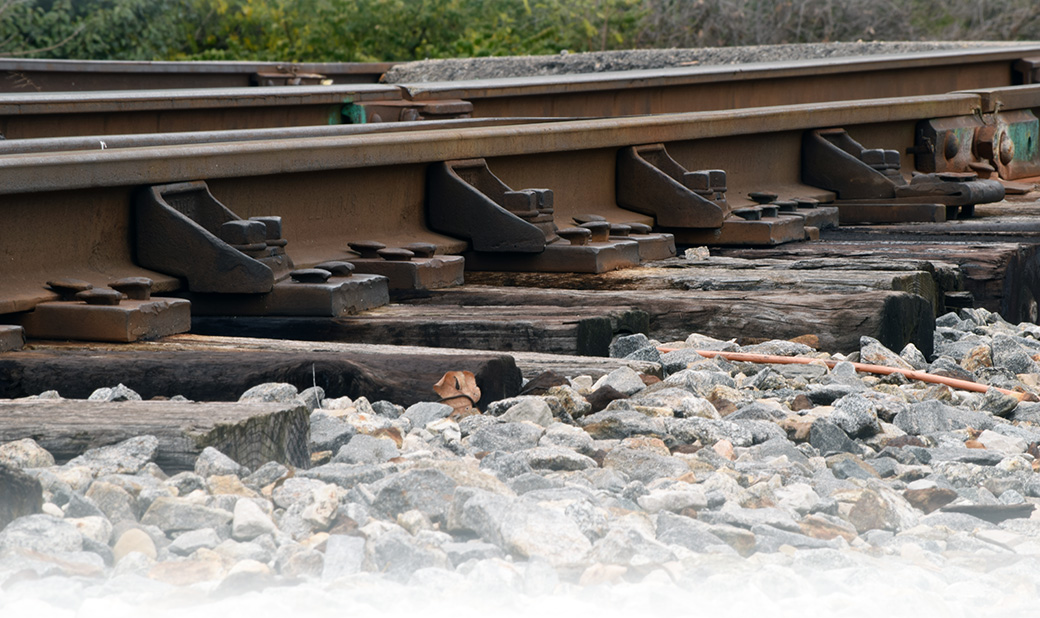
Modeling Track, Part Three: Turnouts
Studying full-size turnouts helped me realize they can be as individual as fingerprints. Even after off-the-shelf components became widely available each railroad company had their own style tweaks.
By contrast model railroaders are accustomed to cookie cutter turnouts largely designed to fit into the predetermined geometry of a track system such as Atlas’s well known sectional track or Lionel’s tubular three-rail. Such turnouts are meant to be functional first rather than look good.
For most it’s a trade-off between function and appearance. Given the pragmatism many bring to track modeling, speed and ease of getting it down are also prime considerations. Over the years I’ve used commercial and hand laid turnouts and prefer to hand lay for the improved appearance and flow it offers. Working in quarter-inch scale brought this choice home in a powerful way thanks to the realism and detail one can achieve.
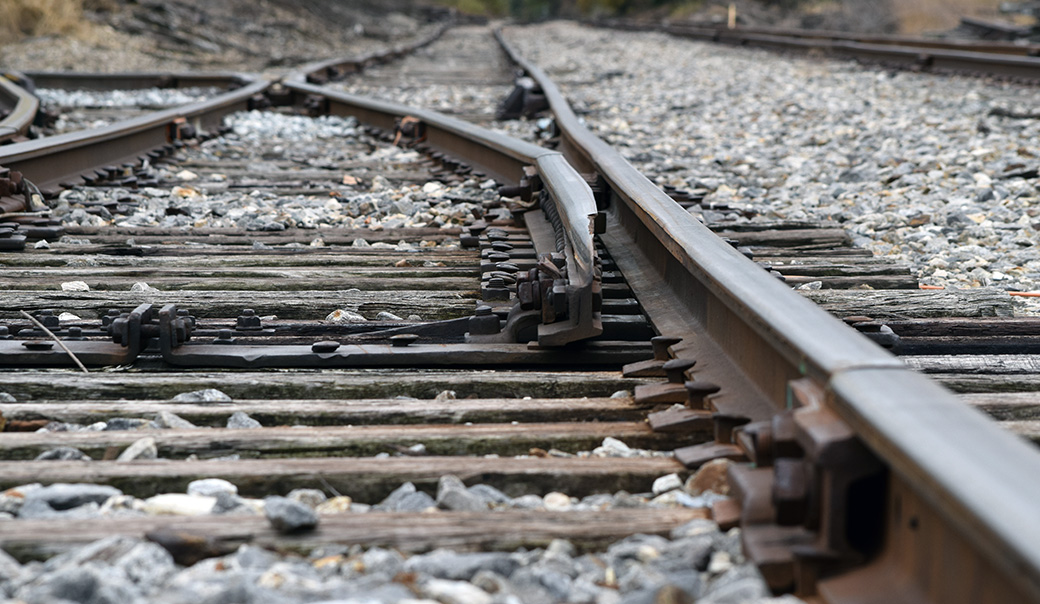
Looking closely at full-size switchpoints reveals aspects often ignored by modelers. Primary among them are the reinforcement bars that support the web of the rail along its length. Also noted is the amount of detail on the backside that nestles into the cavity created by the web of the stock rail and the absence of spikes on the inside of the stock rail where the point closes against it.
The taper that allows the point to fit against the running rail greatly weakens the structure of the rail web and these details support the point against the rolling and lateral forces created as cars roll through the switch. Even with such reinforcement, there is a significant amount of wear to the running surface as you can see in this photo. Notice how the tip of the point is worn away for several inches. This may not be a big deal on a lightly used branch or industry spur but wouldn’t be tolerated on a busy main line.
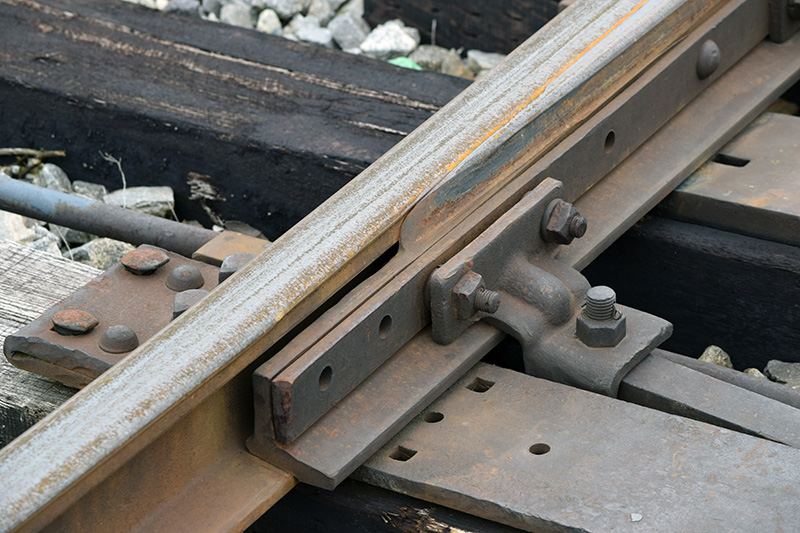
The heel of the point where it connects to the closure rail is another weak spot that gets reinforced by various means. On this light branch we see a piece of strap stock bent in a zig-zag pattern, along with a block shaped casting. Both add much needed reinforcement against the dynamic forces involved here.
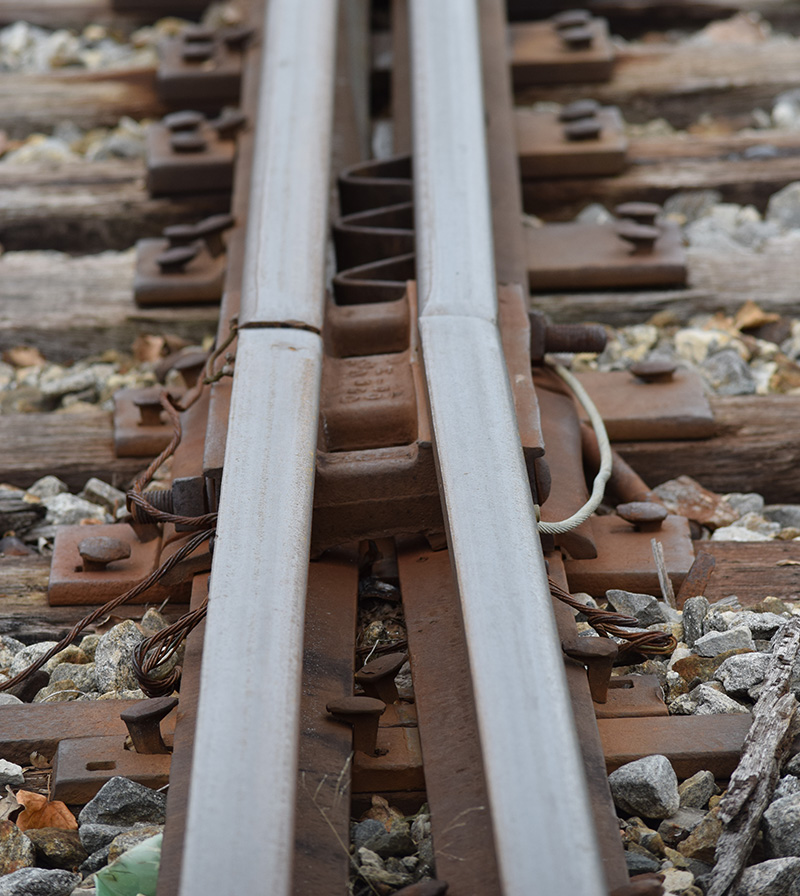
The point area is a profusion of details that can vary widely according to standard practice, train speeds, traffic loads and more. On this turnout, things are straightforward with a single gauge plate on the first headblock tie. There’s a front rod connected to the ground throw mechanism and a back rod. To prevent damage to the ties, the points slide on extended tie plates also known as slide plates. Lastly there are the rail braces positioned on the outside of each stock rail. Again, their purpose is to stabilize the rail.
The types and amount of these details will vary widely according to the stresses each turnout is subjected to. This is a simple turnout built for light duty.
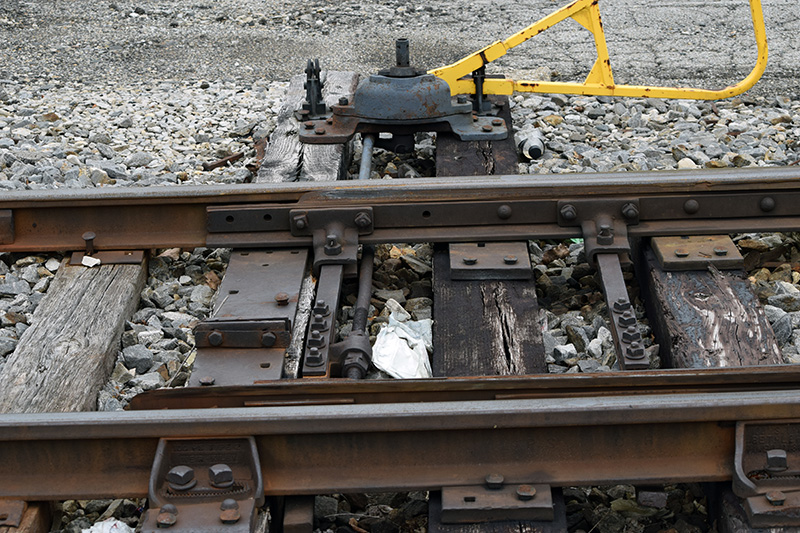
Modeling such details is an easy task in quarter-inch scale, thanks to people like John Pautz who brought beautifully made P48 switch points and frog castings to market. These are now sold and distributed by Jay Criswell of Right-O-Way Products. Jay also has the wide array of tieplates, rail braces and other details one needs to complete the job.
When I began work on my track, I didn’t understand how different turnouts could be visually. To build mine, I simply took a cue from one on the Norfolk Southern and built all of them the same. This was a mistake I didn’t realize until much later. Over the years, I went back and redid some of the turnouts to better reflect practices on the I&O line I was modeling. Today, being wiser from the experience, I would pick a full-sized example more carefully.
I covered my construction methods on the blog in a number of posts and this one has the basics with the relevant links to the other posts. I’ve also included those links at the end of this post. For now, this wraps up the series and I hope you found it useful. Copies of Detailing Track are available from the store and the book contains tons of information that’s applicable to most of the popular scales. Check it out. And, to those of us in the United States, Happy Thanksgiving.
Regards,
Mike
Modeling Track, Part Two: Crossties
A handful of related links to track modeling
Long Turnouts
On Track, modeling the details
To File Or Not File Stock Rails
0 Comments